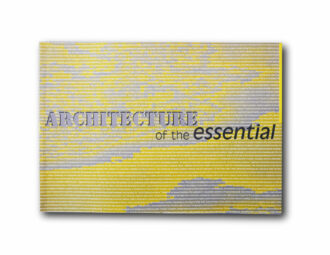Roger Connah’s The End of Finnish Architecture is a critical analysis of architecture, architects and the profession in Finland seen in the post-Aalto setting and shadowed by the severe economic downturn of the early 1990s.
Connah’s key questions are: Why did Alvar Aalto have to die to discover he had so many friends? Did Reima Pietilä achieve his most radical project for a Finnish frame of mind? Why is Heikki Siren more significant than Arto Sipinen? Who talks, who gossips and who gets on with the work? Is there a mafia in Finnish Architecture? The contents are composed of four essays: Architectural Futures, More ore Less Architecture, Zone Age Man, and the title essay The End of Finnish Architecture.
The End of Finnish Architecture is an internal enquiry into the politics of Finnish architecture looking onwards; it speaks about parts of the Finnish society other books and other critics, Finnish or foreign, have as yet not touched. The Taboo legends. The Establishment. The Vulnerables. The Fame. The Gossip. The Opportunism, The Sham Internationalism. The Turning-The Page Architecture.
– Roger Connah, The End of Finnish Architecture, 1994
The book is in nice condition. The pages show some yellowing and the covers show some minor signs of wear.














